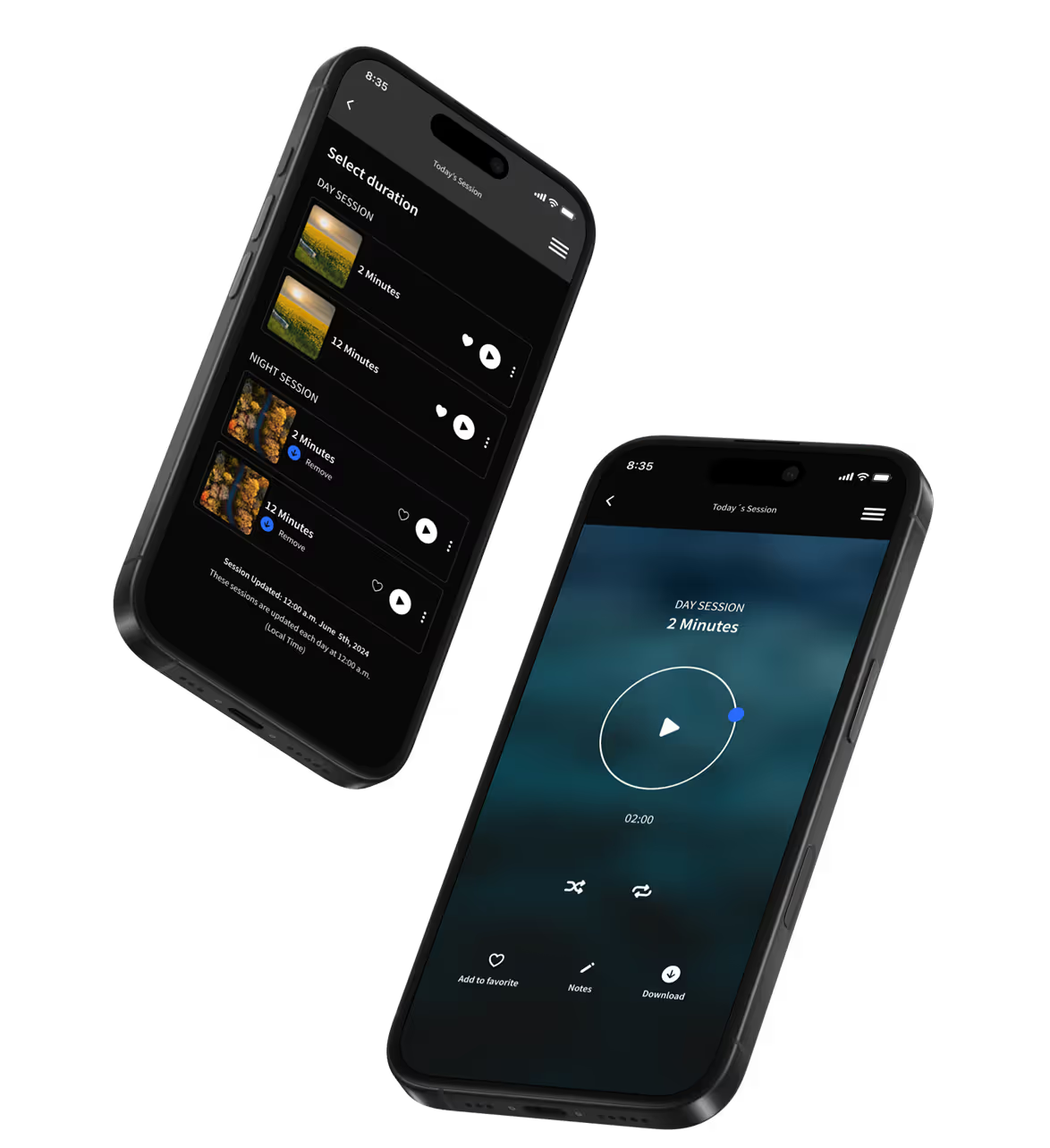Deployment
No-code/low-code
Learn what deployment means in no-code, how Bubble, Webflow, and FlutterFlow handle it, and why deployment is key for launching apps and websites
Building apps or websites with no-code tools is only half the journey. The real moment of truth comes when you move your project from testing into production. This process is called deployment. Deployment is how your app, workflows, and designs are made available for real users.
For example, Bubble lets you deploy apps by pushing updates from development to live. Webflow enables one-click deployment by publishing designs to staging or custom domains. FlutterFlow offers deployment for mobile apps linked to Firebase or released to app stores. In this guide, I will explain what deployment is, how it works in no-code platforms, and why it is critical for your projects.
What is Deployment in No-code
Deployment in no-code is the process of publishing your app or website from the development environment to a live environment where real users can interact with it. It is the final step before your project becomes publicly accessible.
Deployment helps you:
- Make your project live on a domain or app store
- Move from testing to production
- Enable real workflows and transactions
- Connect with live databases and APIs
- Deliver features to actual users
No-code platforms simplify deployment into clicks instead of coding commands, saving time and reducing errors.
Why Deployment Matters in No-code
Deployment is important because it transforms your project from an idea into a working solution. Without deployment, your app or website remains in development, invisible to users.
Key benefits include:
- Real-world access: Users can interact with your app or site
- Business readiness: Transactions, sign-ups, and workflows become live
- Scalability: Projects can grow with actual user data
- Credibility: Deployed apps build trust with customers
- Speed: Deployment in no-code takes minutes, not weeks
Skipping proper deployment planning risks exposing bugs, poor design, or security gaps to users.
How Deployment Works in Bubble, Webflow, and FlutterFlow
Each no-code platform manages deployment differently:
- Bubble: Developers push updates from development to live. Bubble maintains separate databases for each, keeping user data safe. Deployment is controlled and reversible.
- Webflow: Designers deploy by publishing directly to staging or custom domains. The process is instant and suited for responsive websites and e-commerce stores.
- FlutterFlow: Deployment involves exporting and releasing mobile apps to iOS and Android app stores. Firebase integrations allow live data handling in deployed apps.
These options show how deployment adapts to each platform’s focus.
Examples of Deployment in Action
Deployment plays a key role in different scenarios:
- Bubble: Deploying a membership app where users log in and access live content
- Webflow: Publishing a marketing site for a new product launch
- FlutterFlow: Releasing a mobile shopping app on the Google Play Store
- Automation Platforms: Zapier and Make deploy workflows that trigger automatically once activated
These examples highlight deployment as the bridge between testing and real use.
Deployment vs Live Mode
Deployment and Live Mode are closely related but not the same:
- Deployment: The act of pushing updates from development to production. It is the process of publishing.
- Live Mode: The environment where the deployed version runs for real users.
In short, deployment is the action, and Live Mode is the result. Both are essential in the no-code workflow.
When to Deploy in No-code
Deployment should happen once your project is fully tested and ready for users. Key situations include:
- Launching a new app or website
- Publishing updates and bug fixes
- Releasing new features after client approval
- Migrating from staging to production
- Preparing for product launches or marketing campaigns
Deploying too soon can lead to errors in front of real users, so timing is important.
Best Practices for Deployment
To ensure smooth deployments, follow these steps:
- Test thoroughly in preview or test environments before deploying
- Use staging environments when available
- Backup databases before pushing updates
- Monitor performance and logs after deployment
- Plan deployments during low-traffic hours to reduce risk
These practices keep your app stable and your users satisfied.
Challenges of Deployment
Even in no-code, deployment has challenges:
- Errors may slip into production
- Downtime or disruptions can affect users
- Security risks increase once apps are live
- Rolling back changes can be difficult
- Platform limits may restrict deployment options
Understanding these challenges helps you prepare and avoid common mistakes.
Conclusion
Deployment in no-code is the step where projects become real for users. Whether you are building on Bubble, Webflow, or FlutterFlow, deployment makes your app or website accessible and functional.
It is not just a technical step but a business milestone. A smooth deployment ensures your project runs reliably, looks professional, and builds trust with your users. By following best practices and planning carefully, deployment becomes a powerful tool for success.
FAQs
What is deployment in no-code?
How does Bubble handle deployment?
Does Webflow support deployment?
Can FlutterFlow apps be deployed?
What is the difference between deployment and live mode?
What are common risks in deployment?
Related Terms
See our numbers
315+
entrepreneurs and businesses trust LowCode Agency
Investing in custom business software pays off
"Sound and vibration is the building blocks of the universe", Albert explained to us. "If used correctly, it can improve not only your brain but your overall health and well-being." But none of that mattered if users couldn't reliably access the sessions they needed.
85%
reduction in app crashes after FlutterFlow migration
100%
background audio reliability achieved
,
Evolutioner



%20(Custom).avif)